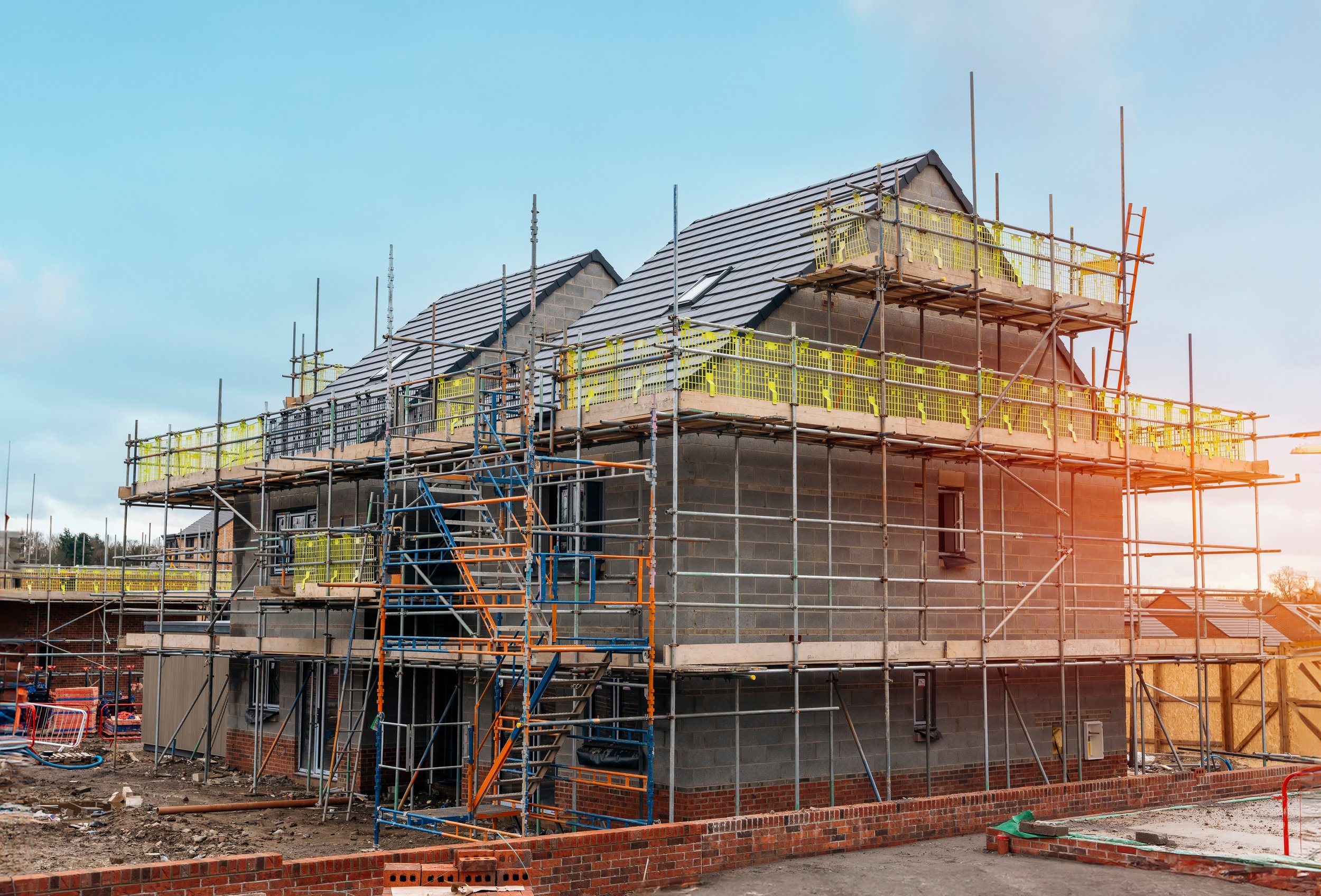
How Long Does a Roof Last?
A comprehensive guide outlining the typical lifespans of different types of roofs.
The lifespan of a roof depends on various factors, including the type of roofing material, the quality of installation, climate conditions, and the level of maintenance it receives.
Understanding these factors can help homeowners plan for maintenance, repairs, or replacement. Here’s an in-depth guide to how long different types of roofs typically last.
1. Metal Roofing
Lifespan: 40-70 years
Metal roofs, made from materials such as steel, aluminum, and copper, are known for their durability and longevity. They are resistant to extreme weather conditions, fire, and rot. Proper installation and maintenance, including checking for rust and securing loose fasteners, can help a metal roof last even longer.
2. Tile Roofing
Lifespan: 50-100 years
Tile roofs, which include clay, concrete, and slate tiles, are among the longest-lasting roofing materials. They are highly durable and can withstand harsh weather conditions. However, they are also heavy, so the roof structure must be strong enough to support them. Regular inspections and replacing cracked or broken tiles can help maintain their longevity.
3. Slate Roofing
Lifespan: 75-200 years
Slate roofing is one of the most durable and long-lasting roofing materials available. It is made from natural stone and can provide a classic, elegant appearance. Proper installation by experienced professionals and periodic maintenance, such as replacing broken tiles and ensuring proper flashing, are essential to achieving its full lifespan.
4. Flat Roofing (EPDM, TPO, PVC)
Lifespan: 10-50 years
Flat roofing systems, including EPDM (ethylene propylene diene monomer), TPO (thermoplastic polyolefin), and PVC (polyvinyl chloride), have varying life spans depending on the material and installation quality. EPDM roofs typically last 20-30 years, while TPO and PVC roofs can last 20-50 years. Regular inspections and maintenance, such as checking for leaks and repairing seams, are crucial for extending the life of flat roofs.
Factors Affecting Roof Lifespan
Quality of Materials: Higher-quality materials generally offer longer life spans.
Installation: Proper installation by experienced professionals is critical for maximizing roof longevity.
Climate: Extreme weather conditions, such as heavy rain, snow, hail, and high winds, can shorten the lifespan of a roof.
Maintenance: Regular maintenance, including cleaning, inspections, and prompt repairs, can significantly extend the life of a roof.
Ventilation: Proper attic ventilation can prevent heat and moisture buildup, reducing the risk of damage and prolonging the roof’s lifespan.
Conclusion
The lifespan of a roof varies widely based on the type of material, installation quality, climate, and maintenance practices. Understanding the expected lifespan of different roofing materials can help homeowners make informed decisions about roof replacement and maintenance. Regular inspections and timely repairs are essential to ensure a roof reaches its maximum potential lifespan, providing protection and peace of mind for many years.
Top Articles
► Planning Permission for a New Roof
► Building Regulations for a New Roof
► Does a New Roof Add Value to Your Home?
► Does Insurance Cover Roof Leaks?
Roofing Materials Explained
► Code 3 and Code 4 Lead Flashing
► Slates
► Best Materials for Flat Roofs
Roofing Components
► Roof Ventilation for Flat Roofs
► What are Soffits and Fascias?
► What is a Fibreglass Flat Roof?
Common Guides
►How Much Does a New Roof Cost
► How to Find a Leak in Your Roof
► Why is my Velux Window Leaking?
► Planning Permission Velux Windows
► How to Clean Roof Tiles Without Pressure Washer
► Removing Moss from Roof Tiles
